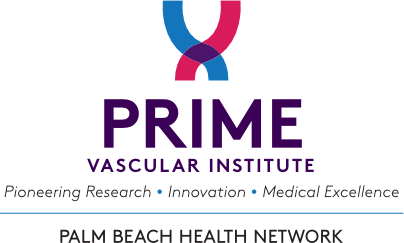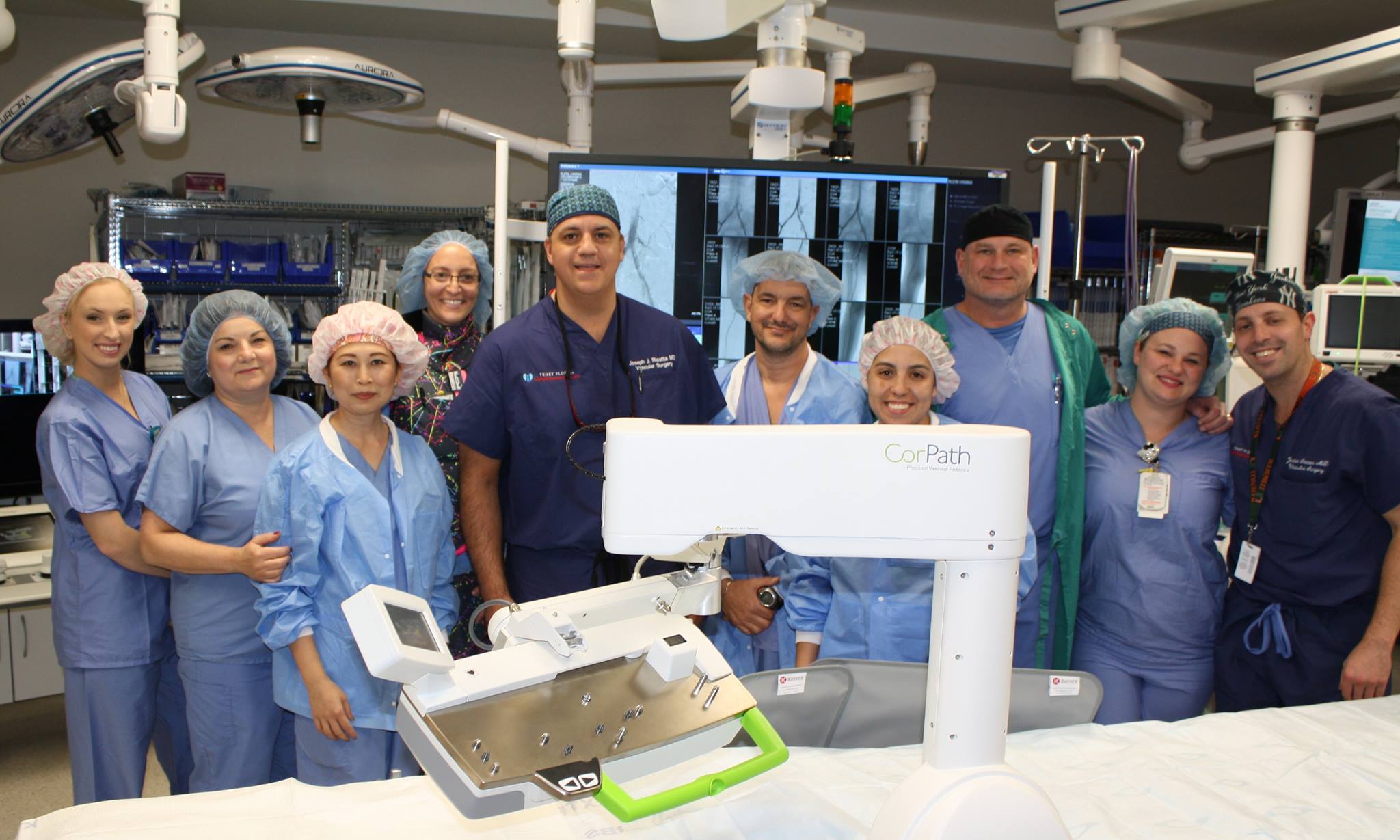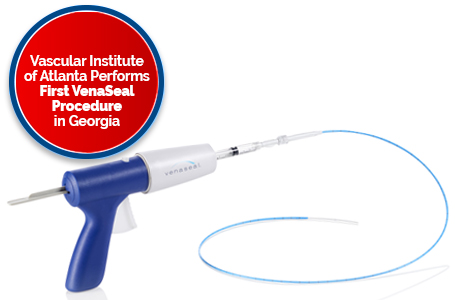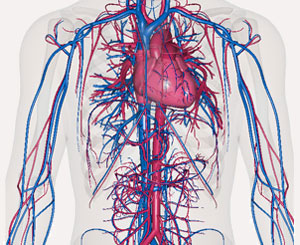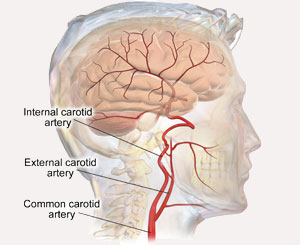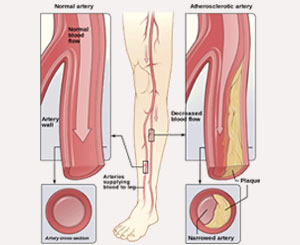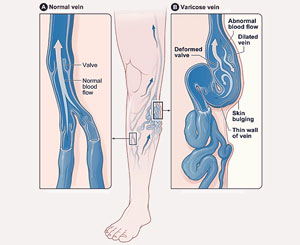While getting some lunch the other day, I overheard the remark, “It’s 2015. You would think that with everything we know about the horrible effects of smoking, that people would stop doing it.” Although there’s truth to that statement—because we do know a lot—smoking cessation can be a complicated challenge for those long-engaged in the habit. Like any other addiction, the draw for smokers is psychological, as well as physiological.
Plain and simple, when most of us think about the damage being done to our bodies while smoking, we tend to focus on our lungs because it presents some of the most noticeable symptoms. From coughing and wheezing to difficulty catching one’s breath, these signs make it easy for us to imagine the physical deterioration occurring inside our body; however, in order to focus on the true magnitude of the harm being inflicted, it’s worth learning more about what is actually happening to the circulatory system.
First off, let’s start with some hard truths:
- Smoking-related circulatory disease kills far more smokers than lung cancer, with circulatory disease causing one out of every five smoking-related deaths.
- Cigarette smoking doubles a person’s risk for stroke.
- Smokers are more than ten times as likely to develop peripheral arterial disease (PAD) than non-smokers.
- Smoking leads to immediate and long-term increases in blood pressure and heart rate.
- It reduces your heart’s output and coronary blood flow, thereby reducing the amount of oxygen reaching your body’s tissues.
- Smoking damages your blood vessels and is the leading cause of aortic aneurysm formation.
- Smoking leads to heart attack contributors such as atherosclerosis, thrombosis, coronary artery disease, and cardiac arrhythmias.
In short, blood carries oxygen and essential nutrients to the body’s tissues and organs, who will die without a continuous supply. When smoking, the blood vessels that carry this supply become damaged from the excess circulation of carbon monoxide, which allows fat and plaque to stick to the vessel walls. Smoking also destroys the fibers within the vessel walls—thereby weakening them—which can lead to aneurysm formation or rupture of the vessel.
During tobacco smoking, the brain’s response to nicotine causes an immediate release of stored fat into the blood stream, which sticks to the damaged vessels and further restricts the amount of oxygen reaching the rest of the body.
While, unlike damage to your lungs, you may not be aware that these things are happening, it’s important to remember that the destruction being done isn’t just happening to the vessels supplying blood to your heart or brain, but to every vessel in your body. From wrinkles, hair loss, tooth loss, and aging entirely too soon, the eventual outer effects are reflective of the extensive damage being done to your circulatory system as a whole.
With that being said, I cannot place enough emphasis on the importance of smoking cessation and the role that quitting plays in not only reducing your risk for vascular disease, but repeat heart attacks and death. At the end of the day, smoking is the leading cause of preventable death in the United States, so although most former smokers state that kicking the habit was one of the hardest things they’ve ever had to do, the following benefits clearly outweigh the hardship.
- Less than 20 minutes after your last cigarette, your heart rate will begin to drop towards normal levels.
- After two hours without a cigarette, your heart rate and blood pressure will have decreased to near normal levels and your peripheral circulation may also improve.
- In just 12 hours after quitting smoking, the carbon monoxide in your body will decrease and your blood oxygen levels will increase to normal.
- One full day after quitting smoking, your risk for heart attack will already have started to drop. While you're not quite in the clear, things are looking better!
- After a couple of weeks, you'll be able to exercise and perform physical activities without feeling winded and sick, which is due to improved circulation and lung function.
- After a year without smoking, your risk for heart disease is lowered by 50%.
- After five to 15 years of being smoke-free, your risk of having a stroke is the same as someone who doesn't smoke.
- Fifteen years of non-smoking will bring your risk of heart disease back to the same level as someone who doesn't smoke. You'll no longer be at a higher-than-normal risk for a wide range of conditions such as heart attack, coronary artery disease, infections of the heart, or angina.
If you’d like to learn more about the effects of smoking on the vascular system or would like some information on how you can quit, please feel free to contact our office. We’d love to hear from you.
Dr. Joseph J. Ricotta II MD, MS, FACS
Vascular Institute of Atlanta
www.AtlVascular.com
470-355-3053
